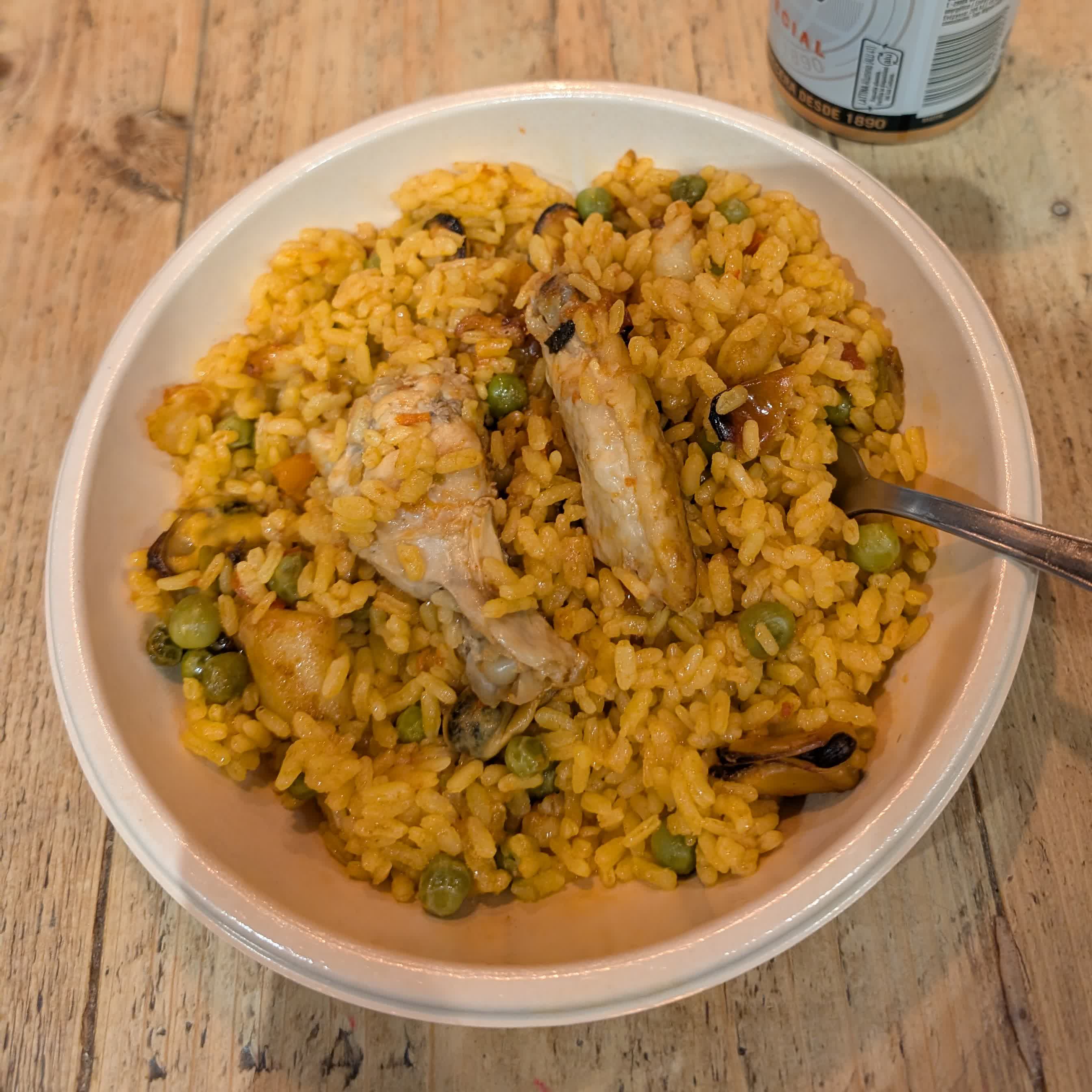Seville
Seville is the capital of Andalusia.

Torre del Oro
The Seville cathedral is huge. In fact, it’s the largest Gothic cathedral in the world. Yet I don’t have a clear idea what it looks like as a whole, or even where the main entrance is. There’s no big open square around it, so it’s not possible to step back and see it from a distance. For me it’s a collection of spires, stacked arches, sharp edges like thorns, sculptures on ledges and round windows framed in intricate patterns.



Seville Cathedral
The tower and the cathedral are remarkably similar to what I saw in Valencia, but bigger.
The old city is a maze of narrow streets. Very easy to walk in circles, which I did during the day and night.

Tower

Fruit shop

Tile of Virgin Mary

Gothic balcony
The design of police cars looks like it’s inspired by toy cars.

Police car
The metro of Seville has just one line. I didn’t use it.

Metro entrance
There is also just one tram line. It’s a short route with just 8 stations, covering 3.5km in the city centre. The trams don’t require overhead wires for energy. Except for stations, where the trams are rapidly charged.

Tram stop
The Alcazar is a big palace, mixing Moorish and Christian elements.


Alcazar
I enjoyed the patterns.




Patterns
There is also a lovely garden outside.



Gardens of the Alcazar
NO8DO is the moto of Seville. It stands for “no me ha dejado”. I provide no context, but a translation: “she didn’t leave me”. It is seen on many details of the city.

NO8DO
Just like that, it’s already night. What a day! In fact, it was three days.

Night
The train station is one of the ugliest I’ve seen.

Seville Santa Justa train station

Escalator
We have Uzbekistan at home: here’s islamic architecture, here’s plov (but called paella) and here’s a high-speed train.



Almost Uzbekistan